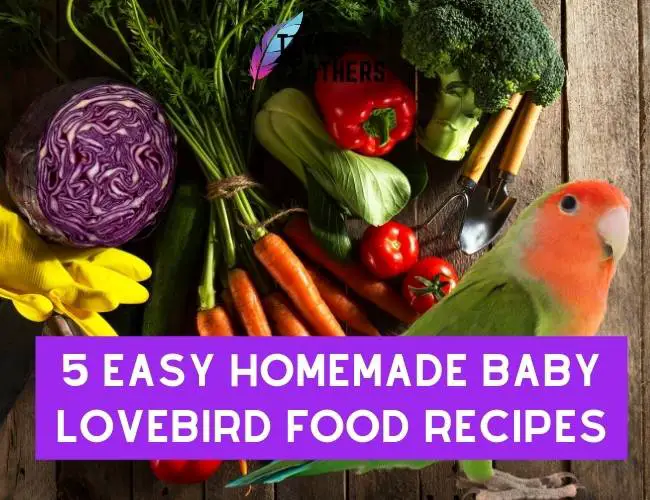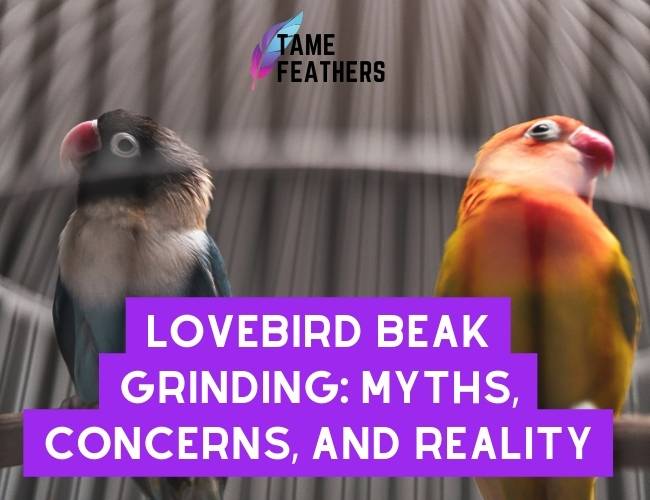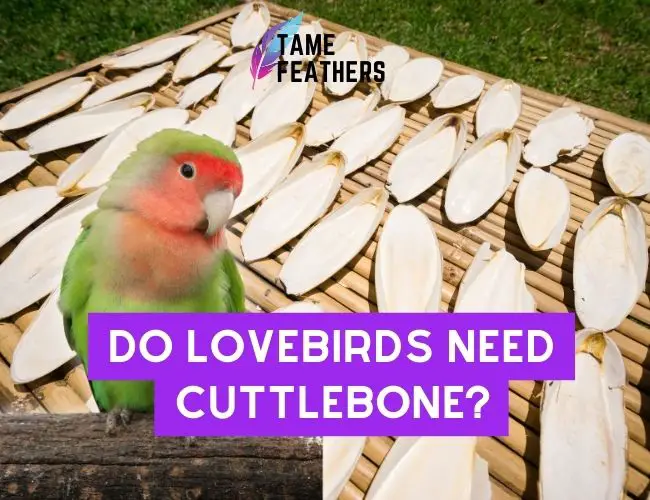Lovebirds are a popular pet among bird owners. As with any pet, it is important to understand the different life stages of lovebirds.
One of the most important stages is molting, when a lovebird sheds its old feathers and grows new ones.
This guide provides an overview of the molting process and what to expect during the cycle.
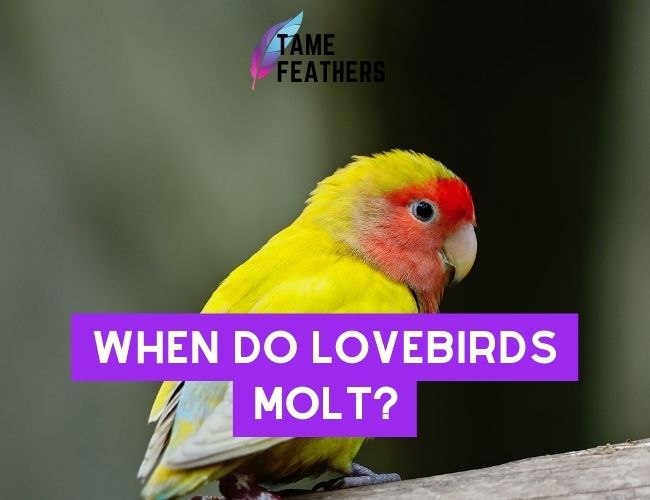
A Lovebird’s Molting Journey
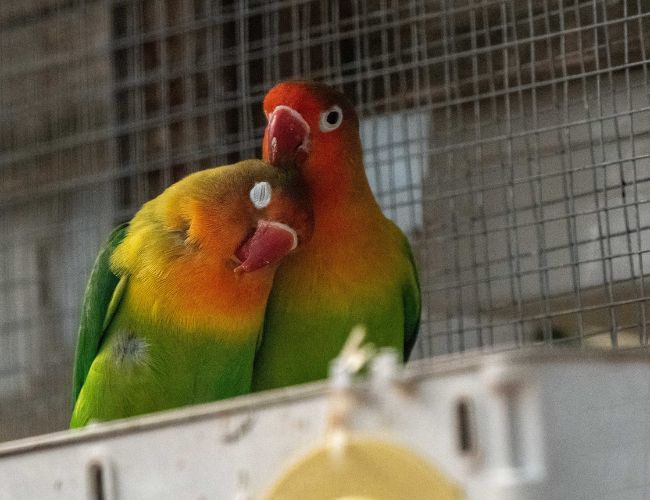
Molting is a natural part of the lovebirds’ life cycle in which they shed worn feathers and replace them with new ones.
Like other birds, lovebirds go through a regular molting cycle, and the process can take anywhere from a few weeks to several months.
During the molting process, a lovebird’s feathers become dull and patchy as the old feathers are replaced with new ones.
Pre-Molt: Understanding the Prerequisites
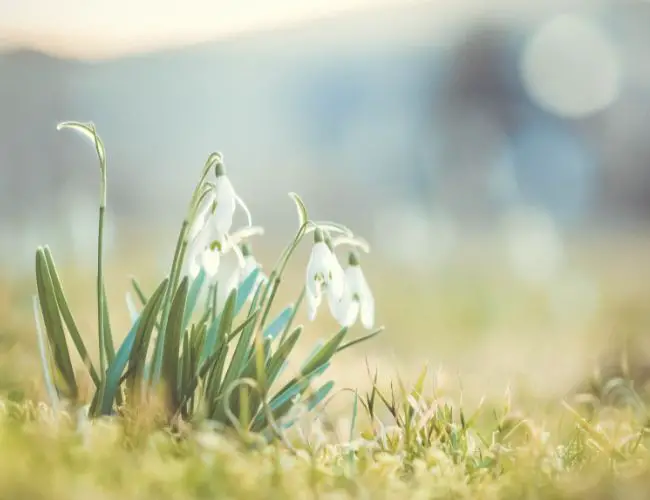
Lovebirds generally begin their molting cycle in the spring and autumn.
Before a lovebird begins molting, they will have a period of restlessness, during which they may become irritable and spend more time preening their feathers.
During this time, it is important to provide the lovebird with extra care and nutrition to ensure that it has a healthy molting cycle.
Molt in Progress: What to Expect
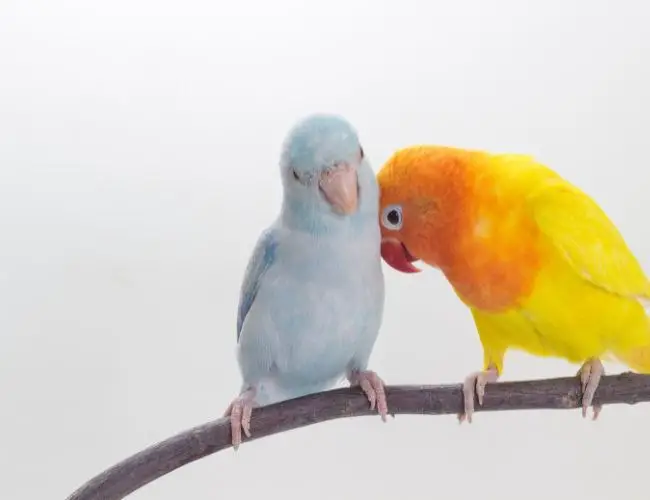
Once the molting process begins, the lovebird’s feathers will appear patchy and dull as the old feathers are replaced with new ones.
The lovebird may also be more lethargic and may not want to interact as much.
During this time, it is important to provide the lovebird with extra care and nutrition to ensure that it has a healthy molting cycle.
Post-Molt: A New Beginning
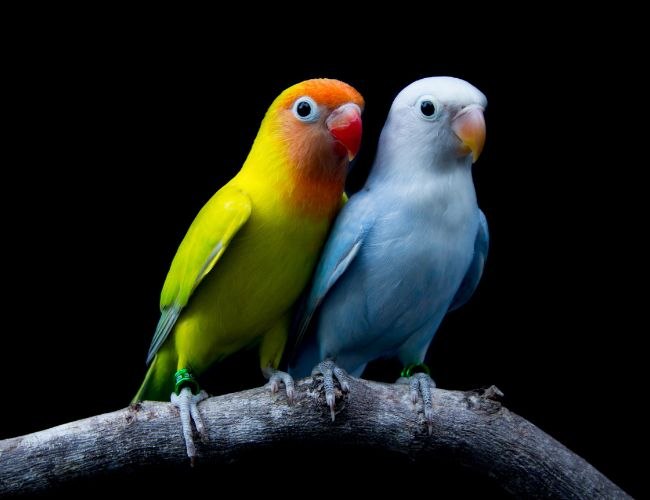
Once the molting process is complete, the lovebird’s feathers will be renewed and it will have a vibrant, healthy appearance.
The lovebird will also be more active and will be ready to resume its normal activities.
Care & Nutrition During Molting
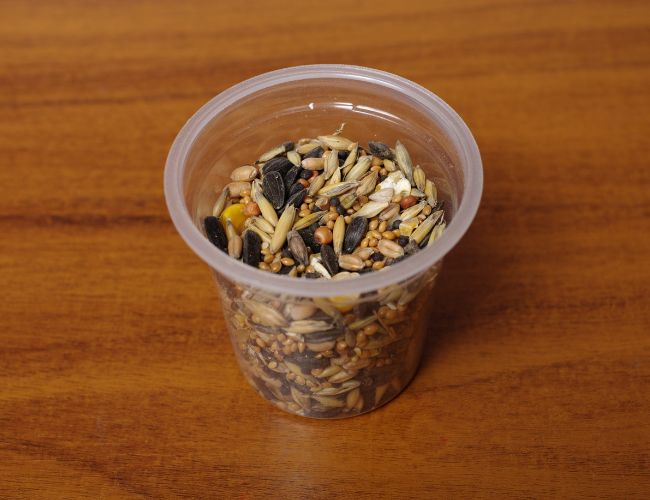
Lovebirds need extra care and nutrition during the molting process. It is important to provide them with a balanced diet that includes a variety of foods, including fruits, vegetables, and high-quality pellets.
Additionally, providing the lovebird with a calcium supplement can help ensure that it has a healthy molting cycle.
Common Molting Issues: What to Look Out For

It is important to monitor the lovebird during the molting process to ensure that it is progressing normally.
If the lovebird’s feathers do not seem to be growing in properly, it may be a sign of a health issue that requires veterinary attention.
Additionally, if the lovebird appears to be in pain or discomfort, it is important to seek medical attention.
Rejuvenated & Recharged: Lovebirds After Molting
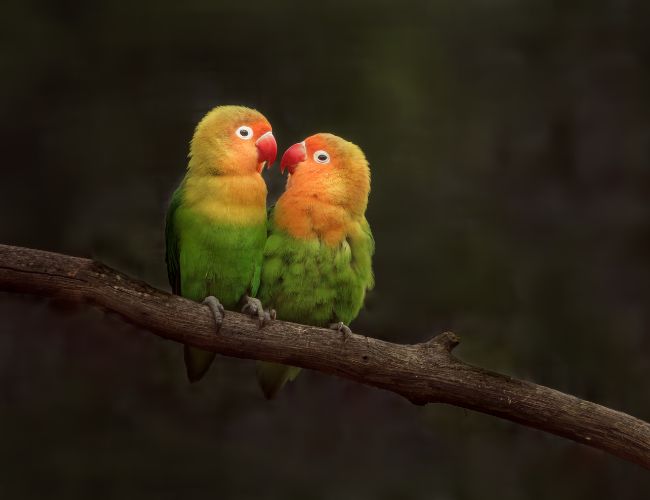
Once the lovebird has completed its molting cycle, it will be rejuvenated and recharged.
The lovebird’s feathers will be shiny and vibrant, and it will be ready to resume its normal activities. With proper care and nutrition, lovebirds can continue to thrive throughout their molting cycle and beyond.


